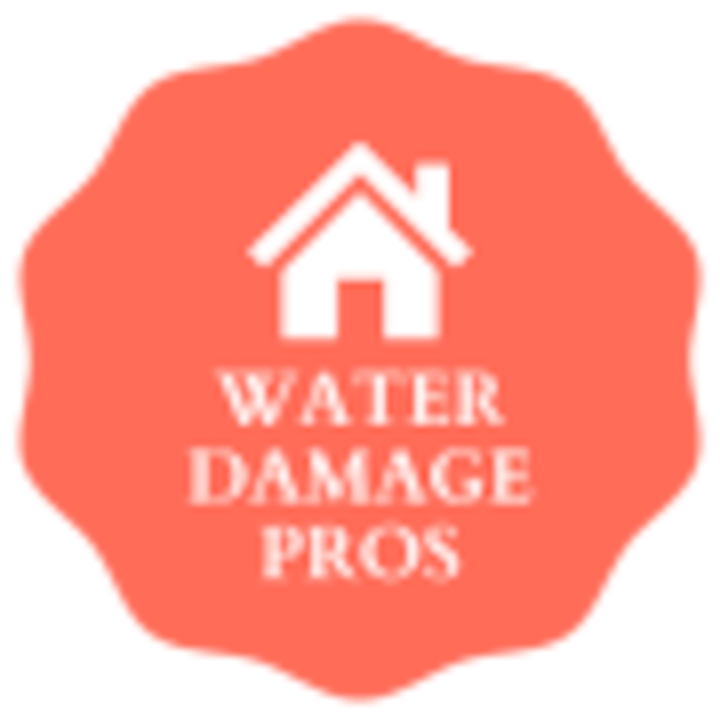Water Extraction and Drying Services for La Jolla Homes and Businesses
When dealing with water damage in your La Jolla home, it's crucial to hire local water extraction pros for a prompt and efficient restoration process. These professionals possess the necessary expertise and knowledge to handle water damage situations effectively. By choosing local experts, you ensure that they understand the specific challenges and requirements of the area, resulting in a more tailored and precise approach. Trusting local water extraction pros ensures a sense of belonging and peace of mind during the restoration process.What Is Water Extraction?
Water extraction is the process of removing water from a space or area that has been affected by flooding, leaks, or water damage. It's a crucial step in the restoration process as it helps prevent further damage and the growth of mold and mildew. Prompt water extraction is essential to minimize the risk of structural damage and ensure a safe and healthy environment.Importance of Prompt Water Extraction
Prompt water extraction is a crucial step in mitigating damage and preventing further complications. When water infiltrates a property, it can seep into floors, walls, and furniture, leading to structural damage, mold growth, and potential health risks.Emergency Water Mitigation: What Qualifies and How to Respond
In the event of an unforeseen water-related incident, swift and effective response is crucial to minimize damage and ensure the safety of the affected area. Emergency water mitigation refers to the immediate actions taken to mitigate the impact of such incidents. This can include stopping the source of water, removing excess water, and implementing drying techniques to prevent further damage. It's important to respond quickly and seek professional assistance to ensure proper mitigation and restoration of the affected space.Professional Water Extraction Methods
After swiftly responding to an unforeseen water-related incident, it's essential to employ professional water extraction methods to effectively remove excess water and initiate the drying process. This ensures the restoration of La Jolla homes and businesses to their pre-loss condition. Professional water extraction methods include:- High-powered water extraction equipment, such as wet vacuums and pumps, to efficiently remove standing water.
- Moisture detection tools, such as infrared cameras and moisture meters, to locate hidden pockets of water.
- Powerful air movers and dehumidifiers to facilitate fast drying and prevent secondary damages like mold growth.
Common Drying Techniques
Utilizing a combination of advanced equipment and specialized techniques, professional water restoration experts employ common drying methods to efficiently remove moisture and restore La Jolla properties. These techniques include:- Air Movers: Powerful fans that circulate air and promote evaporation.
- Dehumidifiers: Devices that remove excess moisture from the air.
- Heat Drying: The use of heaters to increase the temperature and speed up the drying process.
Reasons to Hire a Water Damage Extraction Expert
Hiring a water damage extraction expert is essential for several reasons. Firstly, attempting DIY water removal can lead to potential downfalls such as incomplete water extraction, which can result in long-term damage and mold growth. Secondly, water damage extraction experts have the necessary knowledge and experience to assess the situation accurately and provide effective solutions. Lastly, hiring professionals ensures that the water removal process is done efficiently and safely, minimizing the risk of further damage or personal injury.- Incomplete water extraction can lead to long-term damage and mold growth
- Water damage extraction experts have the necessary knowledge and experience
- Professionals ensure efficient and safe water removal process
Potential Downfalls of DIY Water Removal
One major drawback of attempting to remove water yourself is the potential for further damage to your property. Without the proper knowledge and equipment, it's easy to overlook hidden water pockets or fail to adequately dry the affected areas. This can lead to structural damage, mold growth, and even compromised air quality. Hiring a water damage extraction expert ensures thorough and efficient removal, reducing the risk of additional harm to your property and promoting a safe and healthy environment.Get in Touch with a Water Extraction Expert Today
If you're dealing with a water damage emergency, don't hesitate to reach out to an expert in water extraction today. They've the knowledge and equipment needed to effectively remove excess water from your property and prevent further damage. By contacting a professional, you can ensure a prompt and thorough response, reducing the risk of mold growth and structural issues. Don't wait, get in touch with a water extraction expert now to protect your home or business.Get in touch with us today
We want to hear from you about your Water Damage needs. No Water Damage problem in La Jolla is too big or too small for our experienced team! Call us or fill out our form today!
